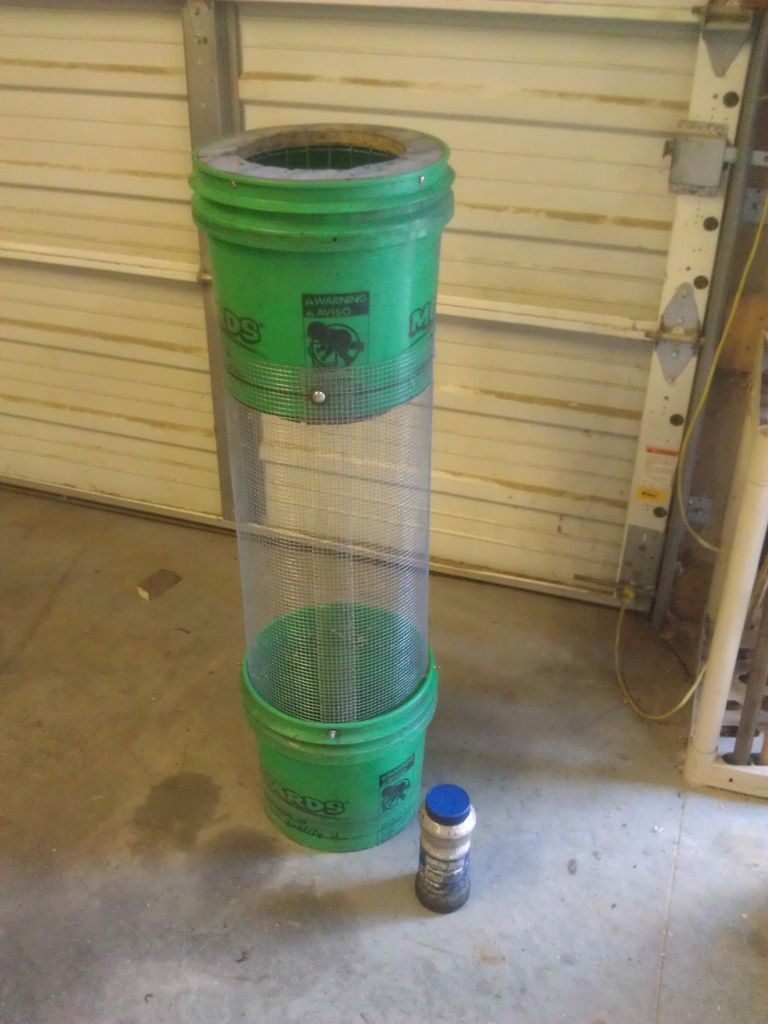Hi all, I’m new here but thought I would share my experiences with an old 1991 Chevy Lumina APV minivan that I added charcoal gasification to. I also have a 1970’s Bolens tractor that I’ll detail in another post. I’ll put a few of the best pics here but the rest you can see on my wordpress blog.
This van has a 3.1L v6, with throttle body injection (TBI) and a mechanical distributor. I have not done anything with timing yet, but plan to. One of my goals with this project was to make the gasifier as minimalistic as possible. The filter is inside the main barrel of the gasifier, EGR comes from the tailpipe, very little welding was done. No (specifically intended) cooling radiator for the gas. And yet it works quite well, but I consider it still in somewhat the “first try” stages. I suspect the ~20 feet of corrugated sewer pipe helps with gas cooling.
One thing that I think is quite unique is the side-drafting firebrick hearth design I finally settled on. It uses standard 4x9 firebricks cemented together with high temp mortar, and secured inside the barrel with silicone rtv. The Kalle/Gilmore style steel air intake pipe just did not hold up, even though I gave it a refractory tip. (I did not try stainless, maybe that would have worked.)
The van does lack power, but I’ve had it up a little over 55 on the flat, and it will do it consistently. I will probably consider adding gas cooling (although the gas exits at around 120F, not terribly hot in my opinion) and definitely will make the timing adjustable. Since I’m a software engineer by day and tinker by night, there are definitely thoughts of automatic arduino-controlled air mixture and egr mixture valving coming to mind.
Thanks so much everyone here and especially Wayne Keith for hosting this site, I’ve been emboldened to try driving on wood and very much more educated by everyone’s experiences here. I own a reprint copy of the 1942 “Producer Gas for Motor Vehicles” book that I got 10 years or so ago from Lindsay Publications which was probably my first introduction to wood gasifiers.
I’m 100% open to your comments and criticisms, don’t be shy about insulting my construction methods or anything. I still have a few problems, one is how to deal with moisture, it tends to collect in the sags of the gas suction hose and isn’t a real problem yet, but will be in the winter (I’m in Michigan). Also, I felt that I should paint a title on my scary-looking scorched barrel so that a) people that are curious know what it is, and b) people that might be afraid or suspicious can rest their minds. But there could be more reasons to (or not to) communicate the purpose of the barrel on the back. Eager to know your thoughts on that. I feel self-conscious with this thing and find it attracts a lot of attention. I’m happy to tell people what the thing is, I just don’t want people to be suspicious or frightened by it.








